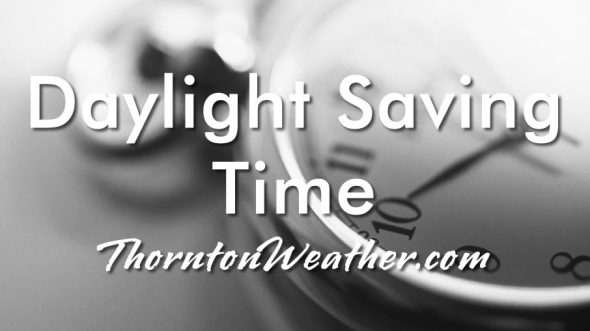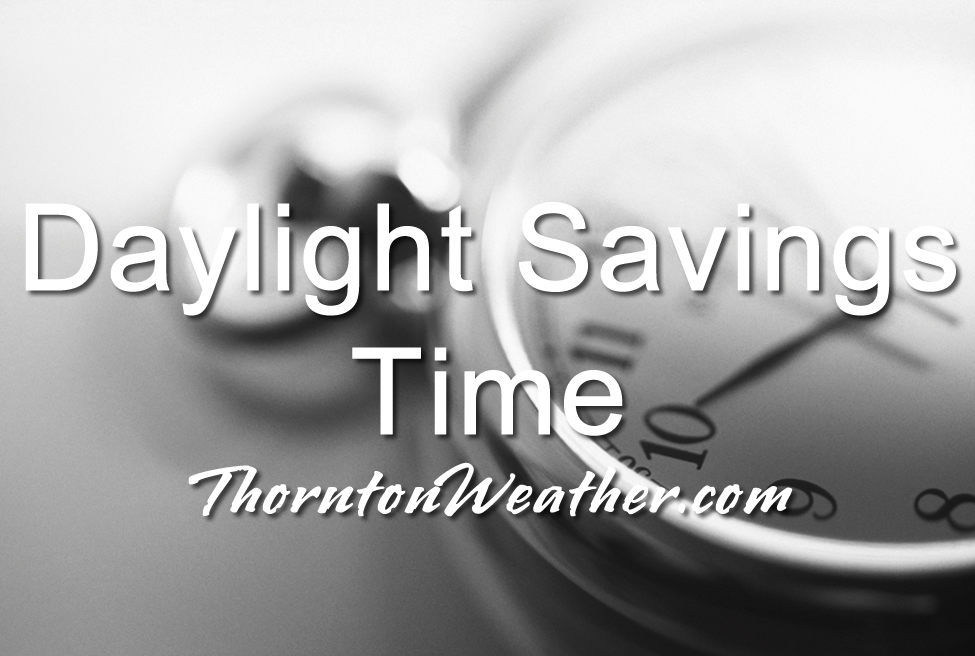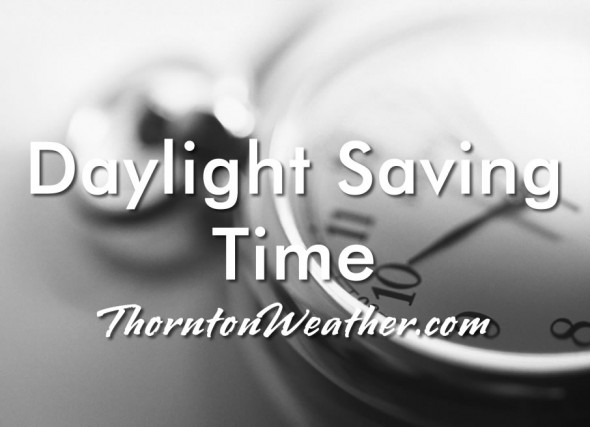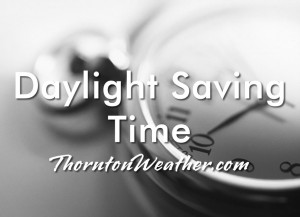
The biannual ritual of changing our clocks to adjust for Daylight Saving Time occurs this weekend, providing yet another signal of the changing of seasons. The United States will ‘fall back’ one hour at 2:00am Sunday morning as we return to Standard Time.
The ritual of changing our clocks twice a year can be met with some resistance as some people struggle to adjust their body’s internal clock. Others actually like the return to standard time as they get to enjoy an extra hour of sleep.
The time change definitely has big effects on the dawning of daylight and how early it gets dark in the evening.
Sunrise on Saturday occurs at 7:31am but on Sunday it will be at 6:32am. Similarly, sunset will occur at 5:54pm on Saturday but on Sunday the sun will disappear over the horizon at 4:53pm.
For many this means that when they get home from work it will now be dark and outdoor activities will be significantly curtailed as a result.
Arizona and Hawaii are the only states that do not observe Daylight Saving Time and remain on Standard Time year round. The U.S. territories of Puerto Rico, American Samoa, Guam, Northern Mariana Islands, and the United States Virgin Islands also do not observe the event.
It won’t be all that long though before Daylight Saving Time returns. On March 10, 2024 we will ‘spring forward.’
Daylight Saving Time Schedule
The mandated beginning and end of Daylight Saving Time has changed in the United States over the years.
The most recent schedule was set by the Energy Policy Act of 2005 and took effect in 2007. We now ‘spring forward’ to begin Daylight Saving Time on the second Sunday in March and ‘fall back’ with the return to Standard Time on the first Sunday in November.
Daylight Savings Time Dates
| Year | DST Begins 2 a.m. (Second Sunday in March) |
DST Ends 2 a.m. (First Sunday in November) |
|---|---|---|
| 2023 | 12 March 2023 | 5 November 2023 |
| 2024 | 10 March 2024 | 3 November 2024 |
| 2025 | 9 March 2025 | 2 November 2025 |
| 2026 | 8 March 2026 | 1 November 2026 |
| 2027 | 14 March 2027 | 7 November 2027 |
| 2028 | 12 March 2028 | 5 November 2028 |
| 2029 | 11 March 2029 | 4 November 2029 |



